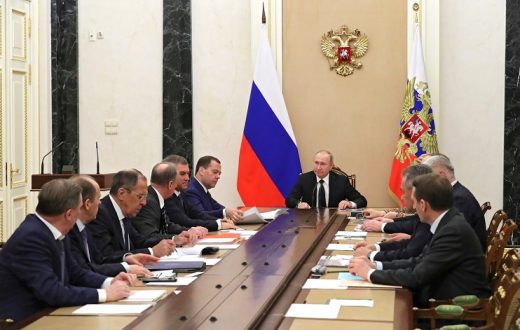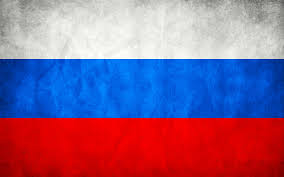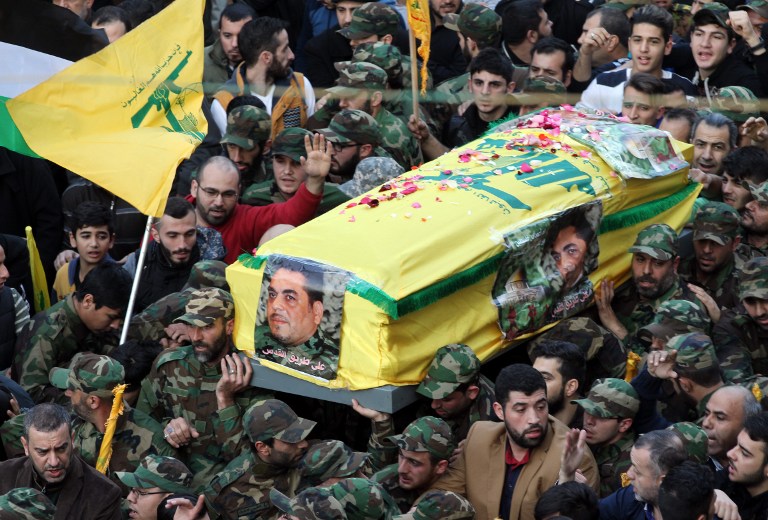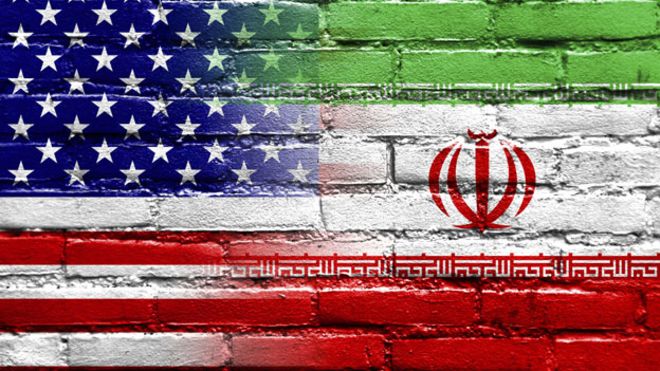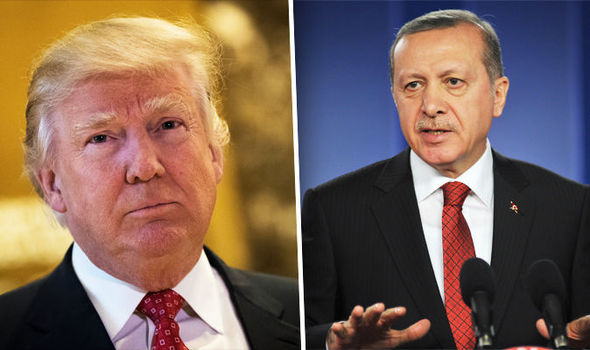Whether a ploy to draw the United States into coordinating with its forces or an attempt to undercut a potentially threatening rebel group, Russia took a bold step in Syria a few days ago. Russian aircraft carried out a series of airstrikes June 16 against U.S.-backed New Syrian Army forces close to al-Tanf, a border crossing between Iraq and Syria near Jordan. Russia has denied conducting an attack there, despite video evidence of damage and remnants of Russian cluster bomblets at the site. The United States even detailed how its fighter aircraft were sent to warn away Russian Su-34 fighter-bombers, which then returned to the site to carry out more strikes once the U.S. fighters left to refuel. No matter how one examines it, this is a brazen move on Russia’s part.
Analysis
The Russians and their Syrian loyalist allies regularly carry out airstrikes on U.S.-backed rebel forces in Syria. But until the al-Tanf bombing, the strikes had not targeted groups engaged only in the fight against the Islamic State, such as the New Syrian Army. A relatively small force trained and equipped principally by the United States, the United Kingdom and Jordan, the New Syrian Army has operated close to the Jordanian border in the desert areas of southeastern Syria, where it plans to seize more territory from the Islamic State in an eastward advance toward Deir el-Zour.
The New Syrian Army receives considerable coalition air support, and British and Jordanian forces have often embedded with its troops in an advisory capacity, so the Russian airstrikes carried a significant risk of escalation. But Russia’s strategic aims in the region were motivation enough for it to conduct the airstrikes, however dangerous. Russia has been trying to get the United States to cooperate with its forces since the beginning of Russian involvement in the Syrian conflict. It joined negotiations to end the fighting in hopes of sparking a process that would yield an understanding with the United States on other substantive issues, including sanctions and the conflict in Ukraine. And if Moscow could get Washington to work directly with Russian and Syrian loyalist forces, that would, in turn, force Washington to recognize the government of Syrian President Bashar al Assad.
But the United States has steadfastly refused to go beyond deconfliction measures or to widen the Syrian peace negotiations. At this point, Moscow is anxious to engage Washington by any means necessary. Russia’s enthusiastic support for the loyalist offensive in Raqqa is one attempt to get the United States’ attention. The strike on the New Syrian Army positions is another effort, albeit a riskier one. And it may have already paid off: The Russians announced on June 19 that they had reached an agreement with the United States to increase coordination in Syria. The United States has denied previous unilaterally announced agreements, however, and it has yet to confirm the latest Russian claim.
There is another possible motive for the strike. Though small at the moment, the New Syrian Army is a potentially serious competitor to loyalist forces in parts of eastern Syria, including Deir el-Zour province, where many of the New Syrian Army fighters originated and where the force still maintains considerable links. The attack on the New Syrian Army was unlikely to cause crippling damage. In fact, since the strike, the group has gained ground, seizing al-Zubeida Point near the Iraqi border on June 20. But the Russian strikes could undermine the New Syrian Army’s morale and recruitment by casting doubt on the U.S.-led coalition’s ability to protect the group.
Whatever the reasoning behind Russia’s recent risky moves in Syria, the potential costs of such maneuvers will get only higher. Unlike in western Syria, where the battle between loyalist and rebel forces rages on, the Islamic State-controlled territory presents a buffer between Russian- and U.S.-backed fighters. This has enabled the United States and its allies to embed forces with the Syrian Democratic Forces and the New Syrian Army at little risk from Russian-supported forces. But as the U.S.- and Russian-backed forces barrel toward each other, taking advantage of the Islamic State’s weakening position, they will eventually come into direct contact. Because many of the factions fighting on either side are long-standing enemies, preventing escalation when they meet will be difficult under the best of circumstances. The Russian airstrike on the New Syrian Army’s positions revealed just how tough it may be.


